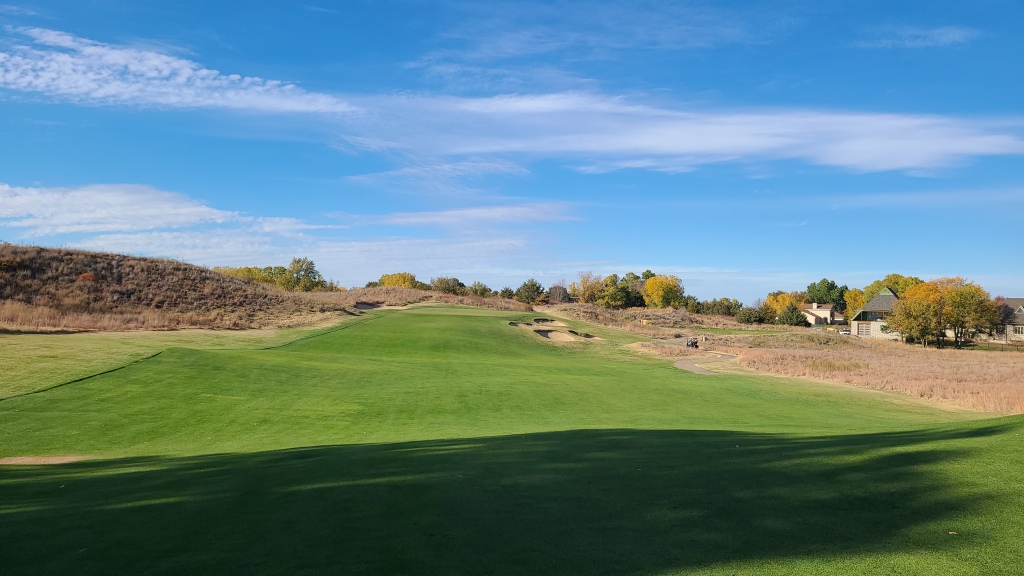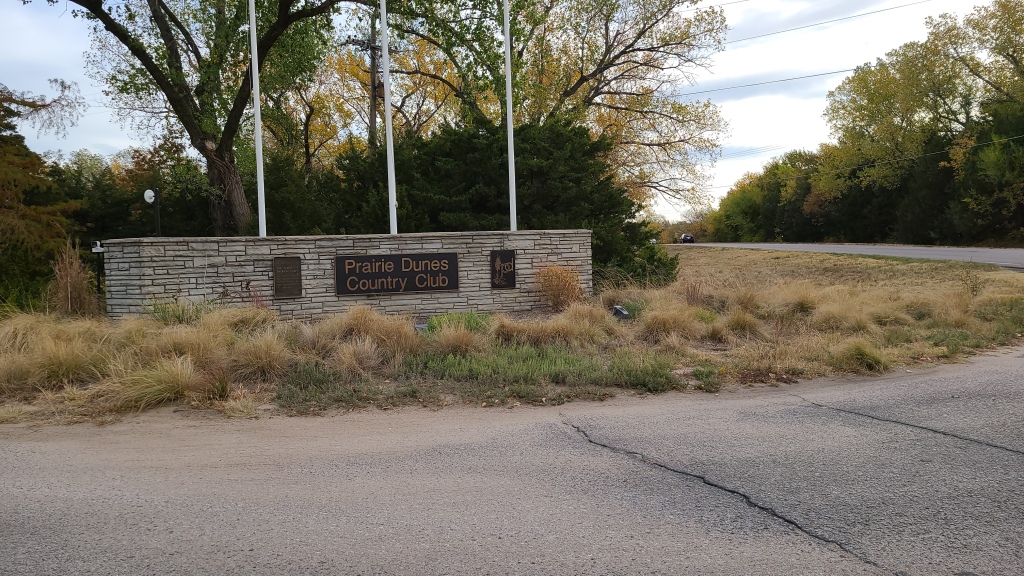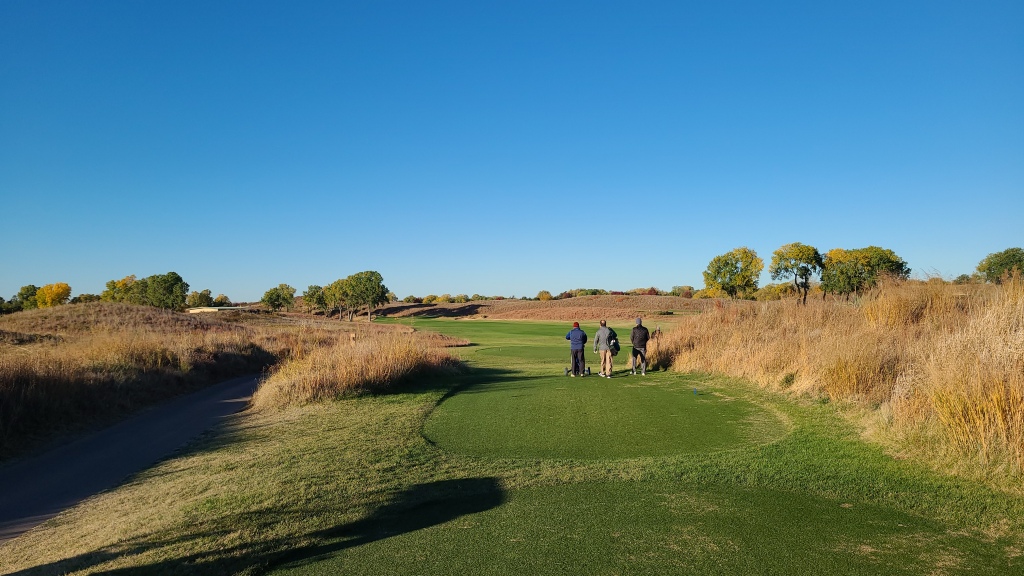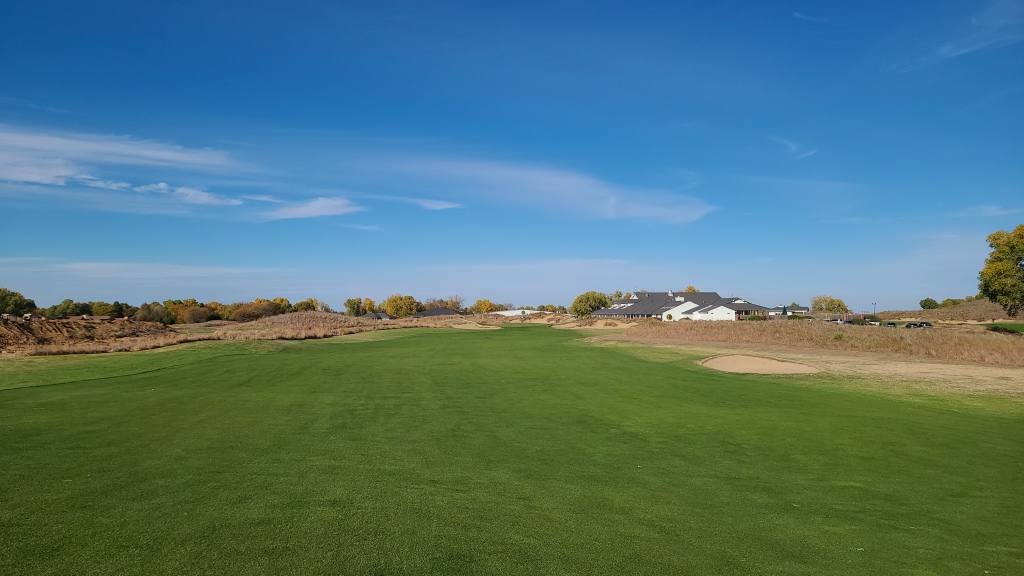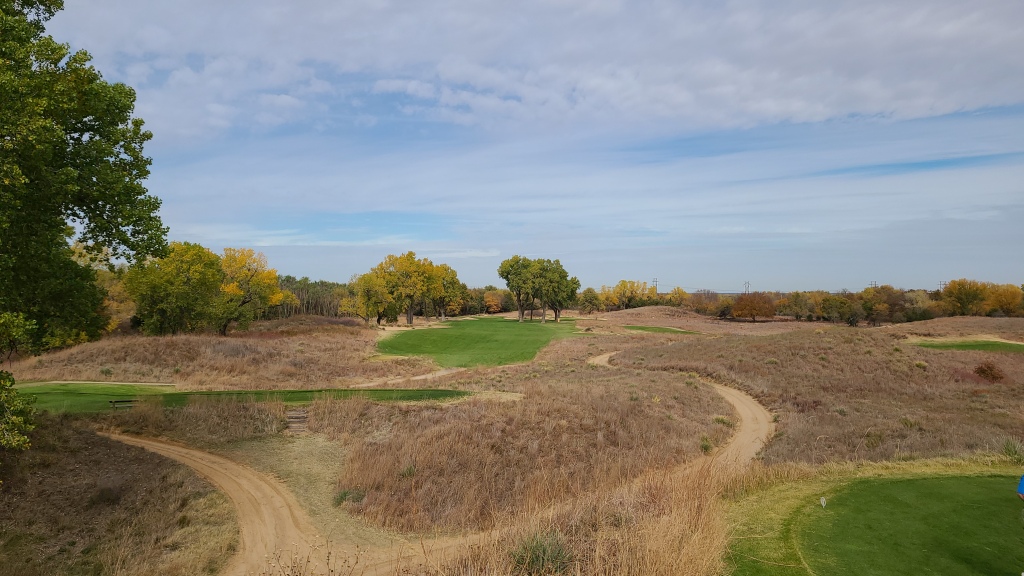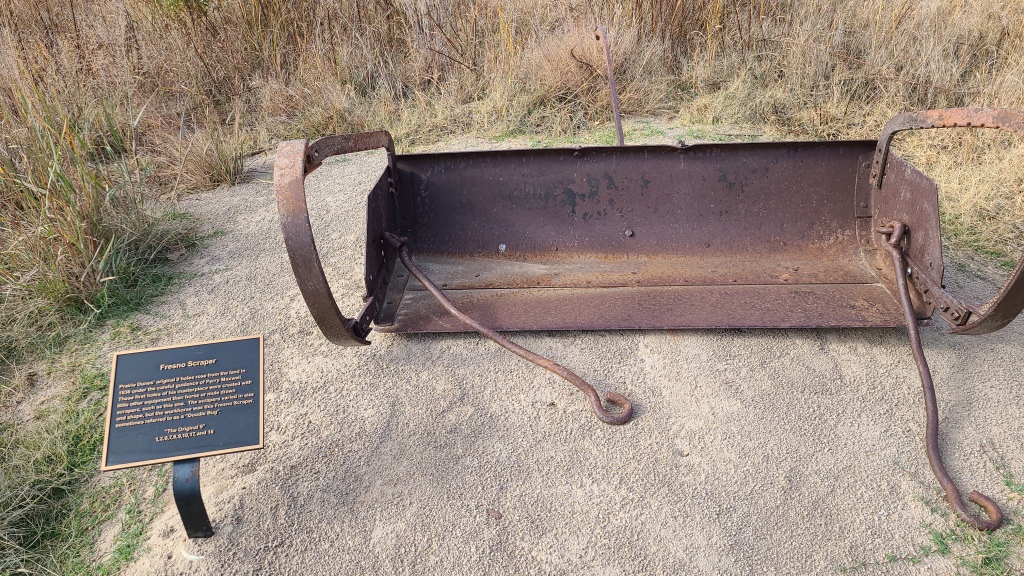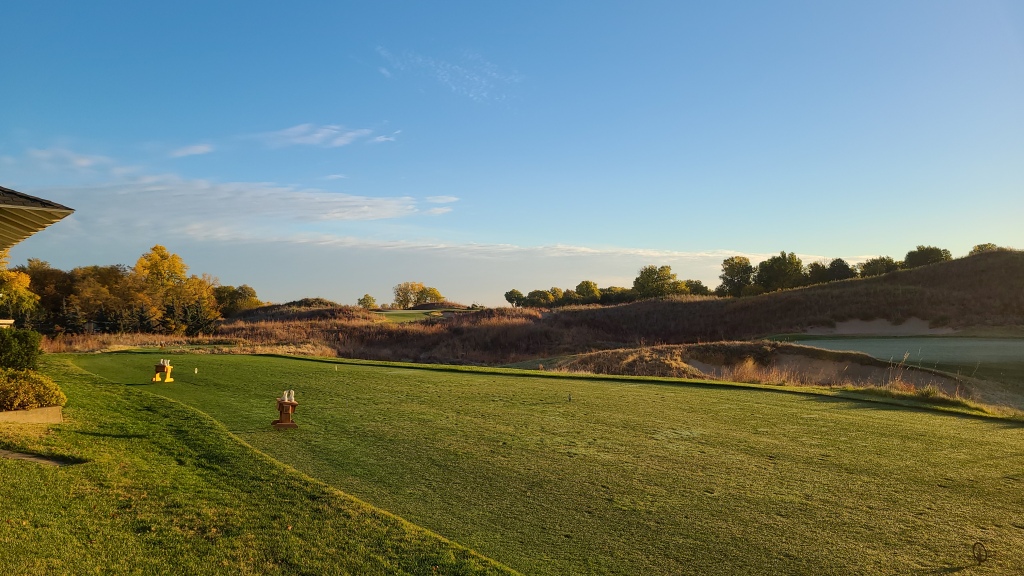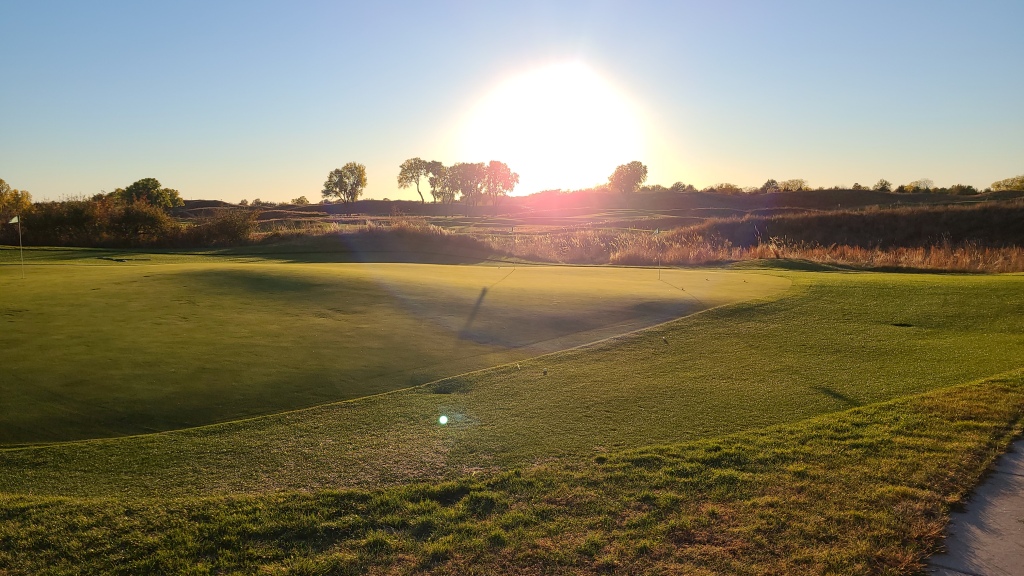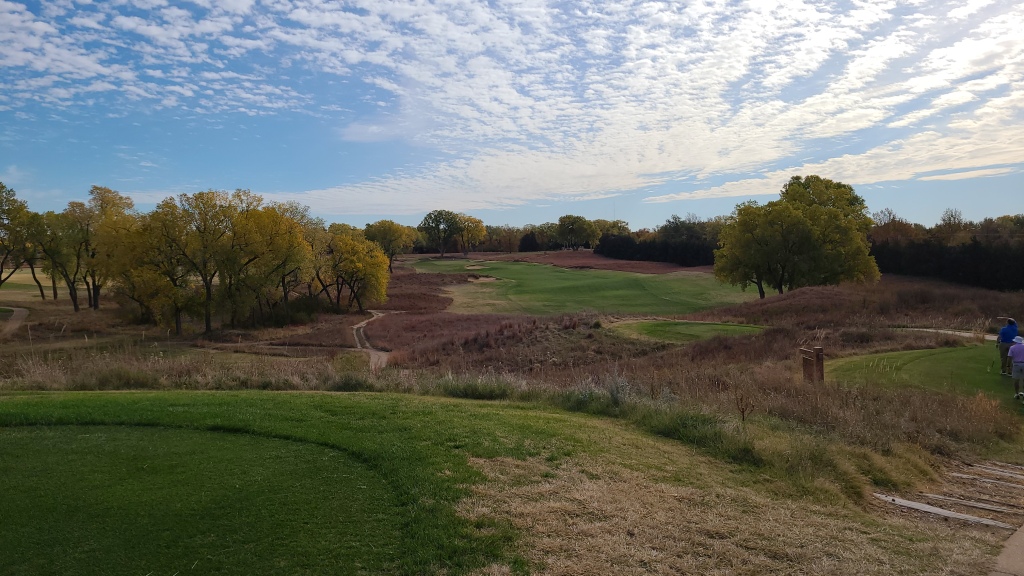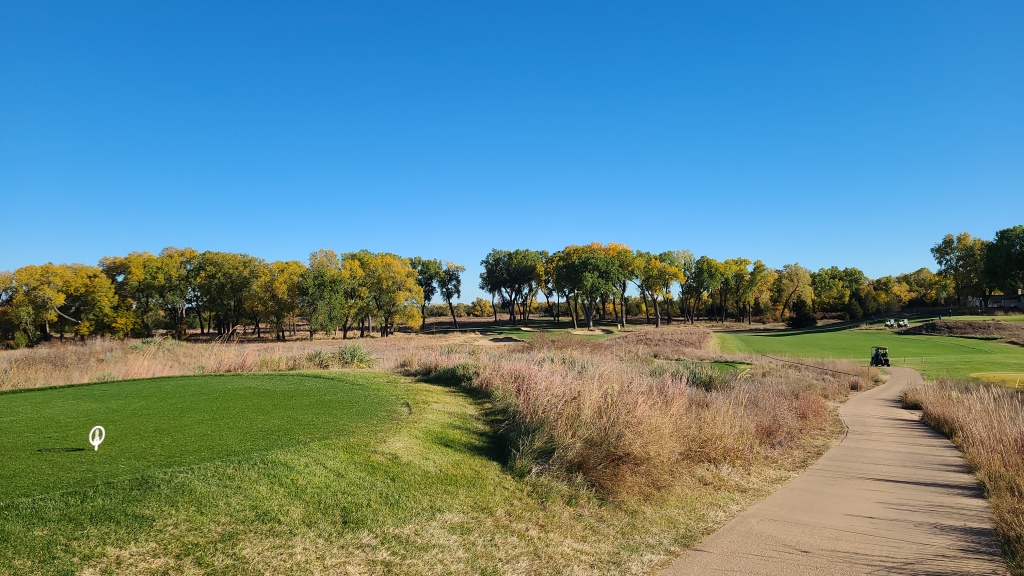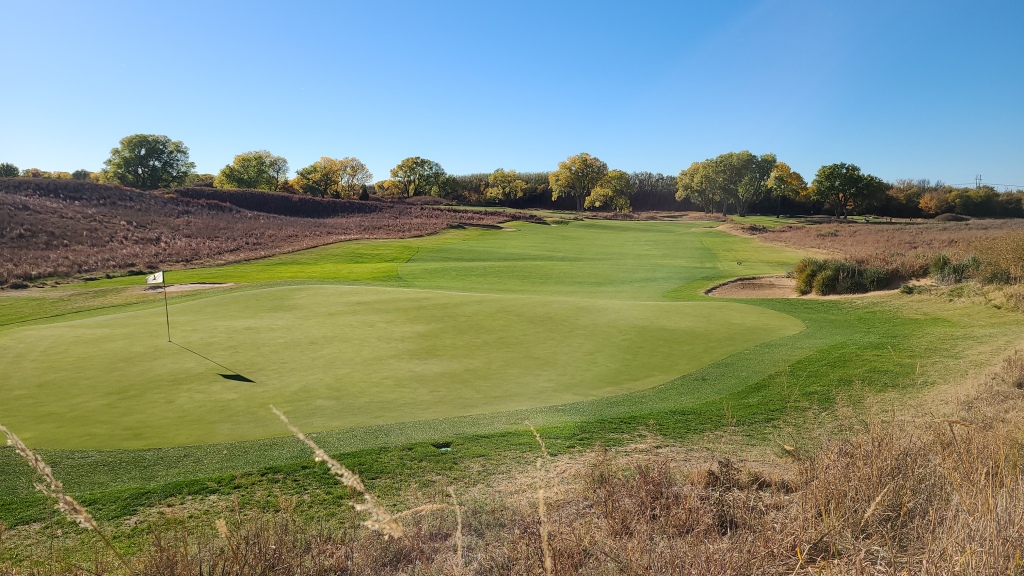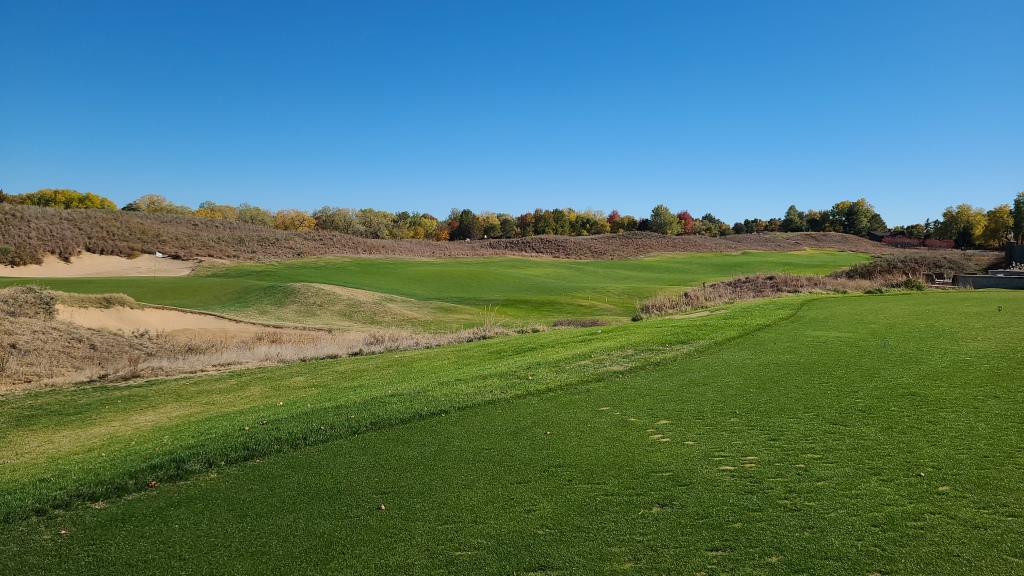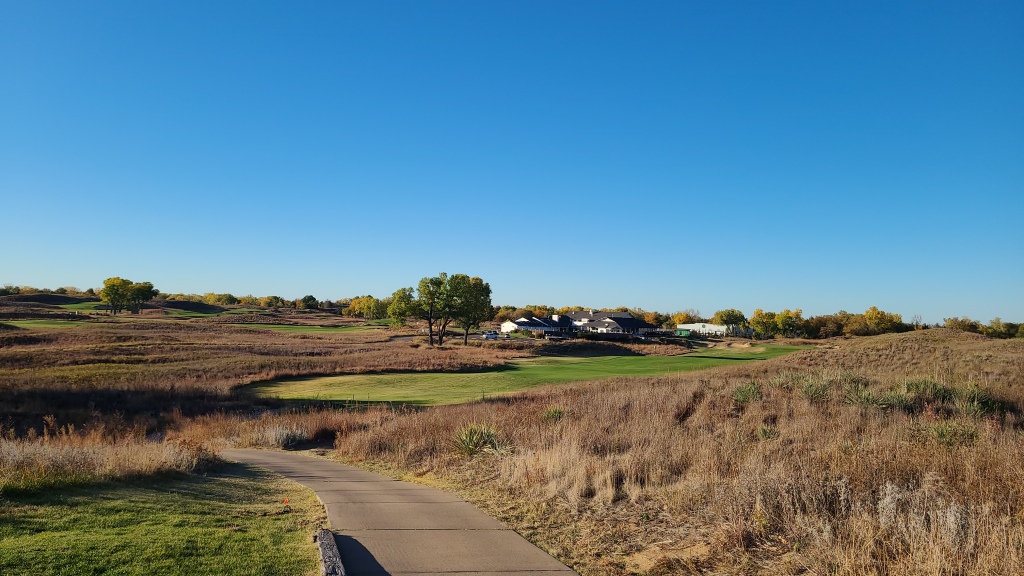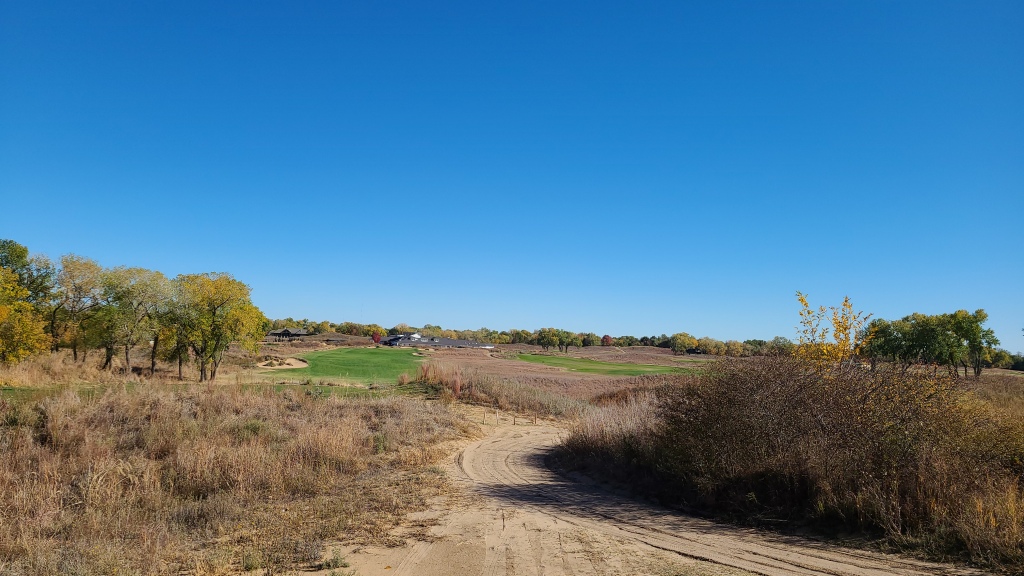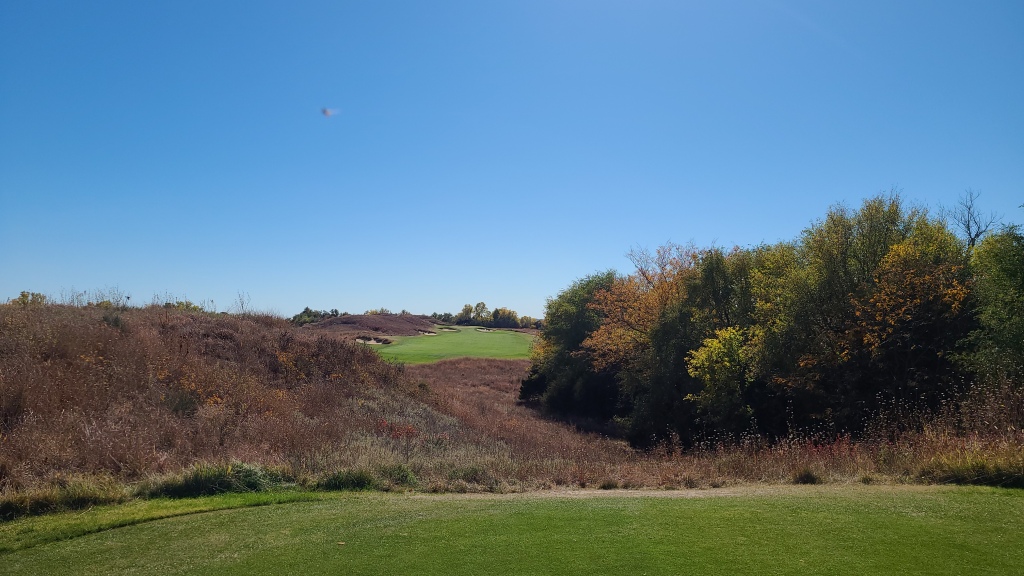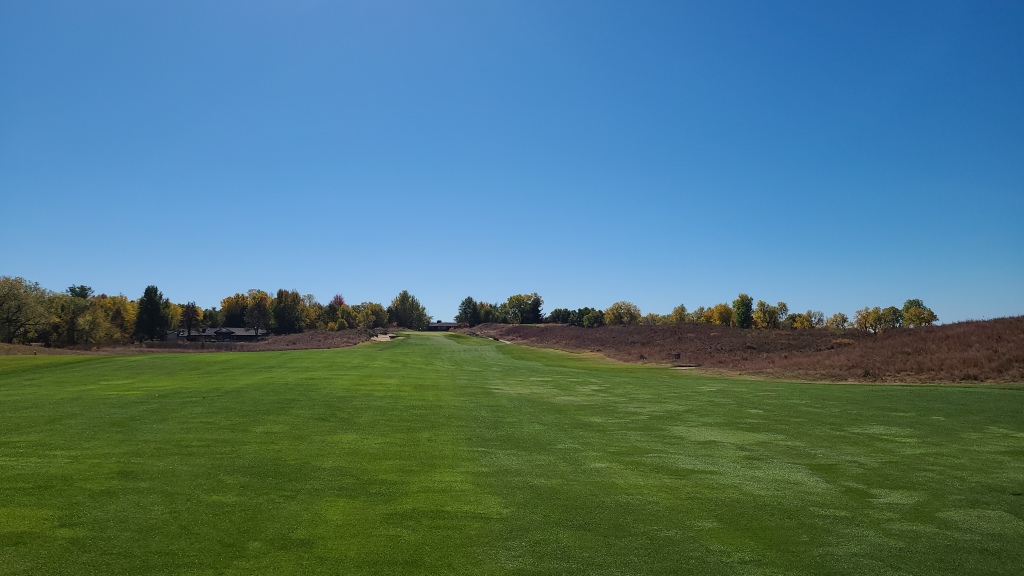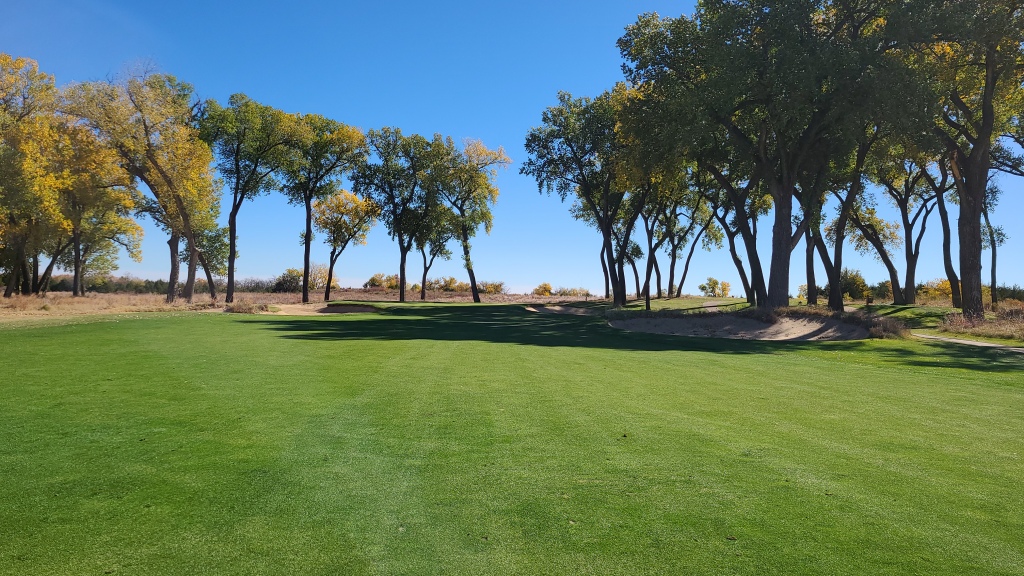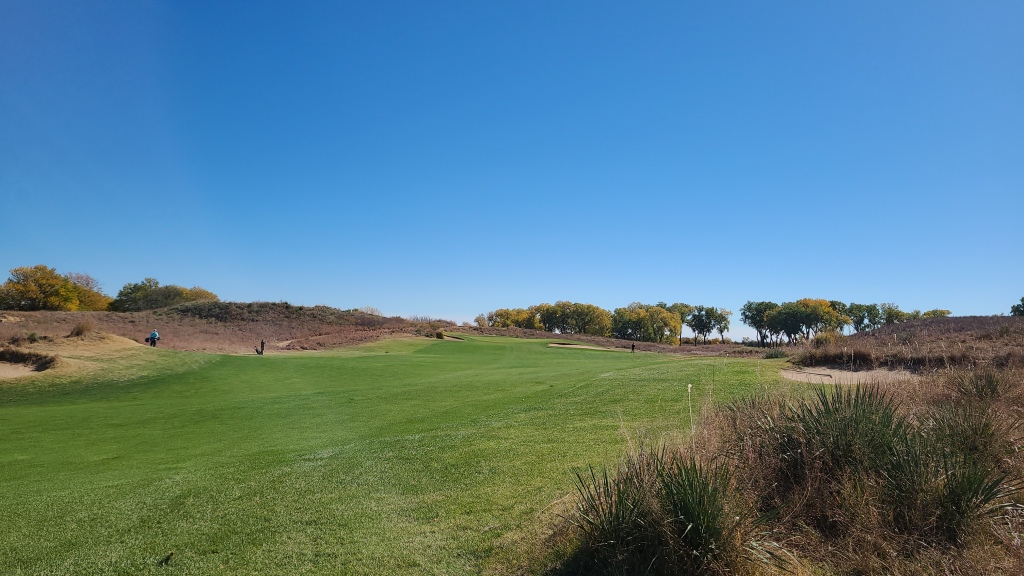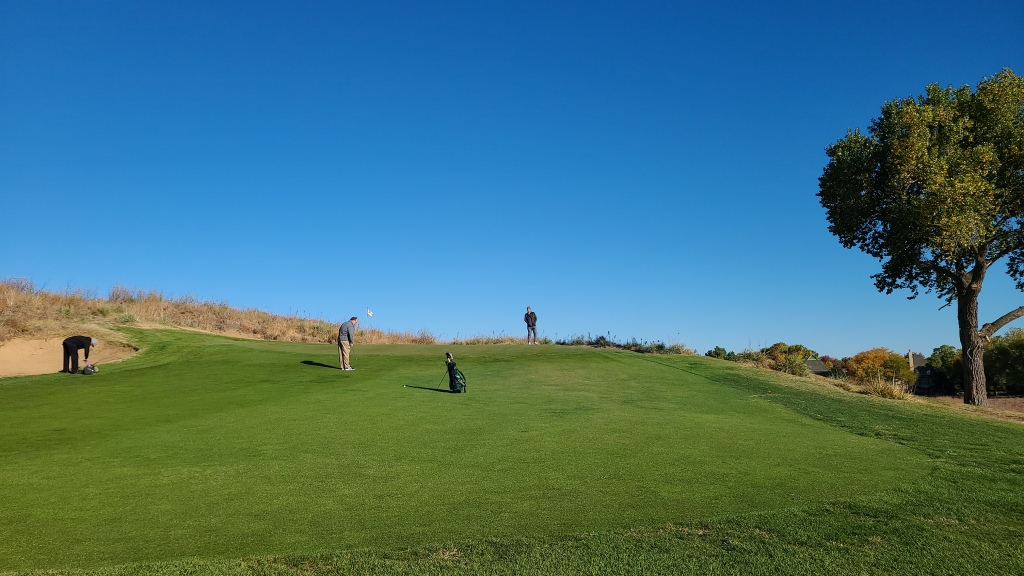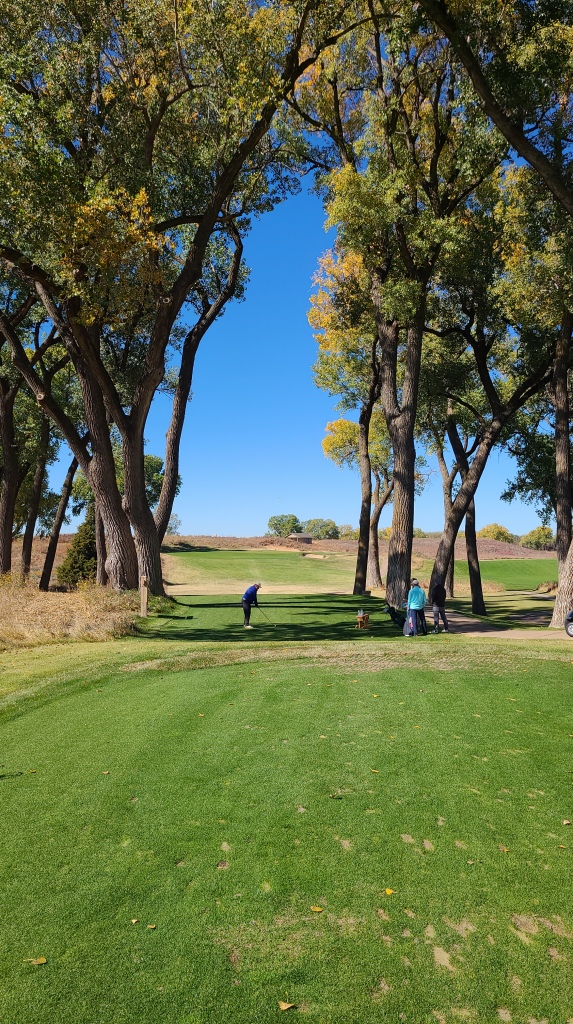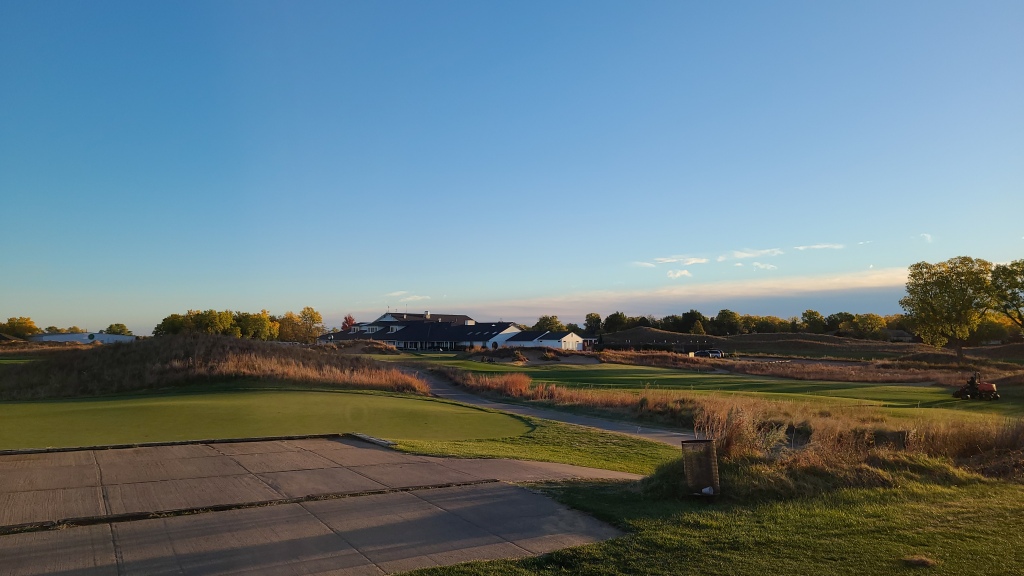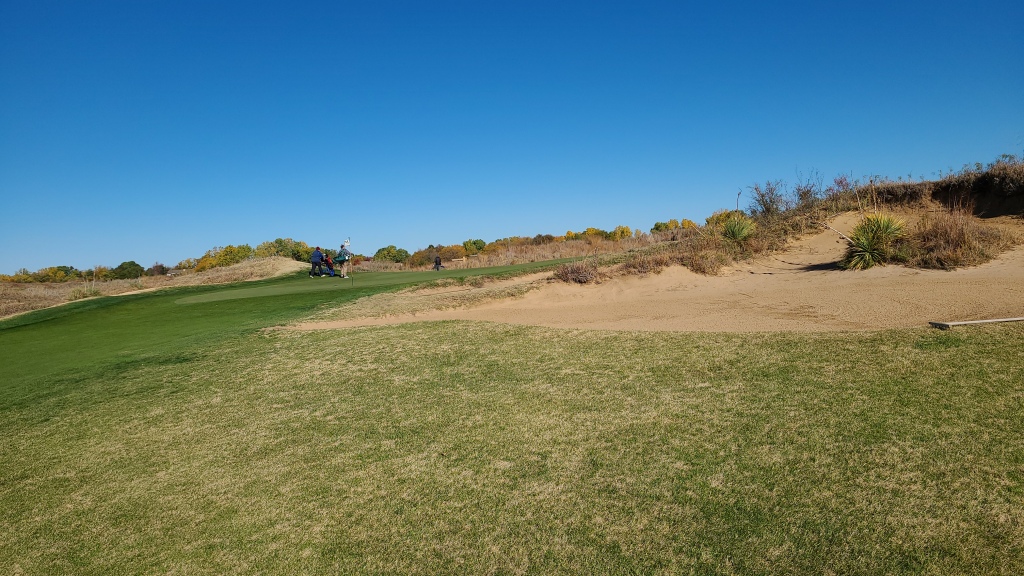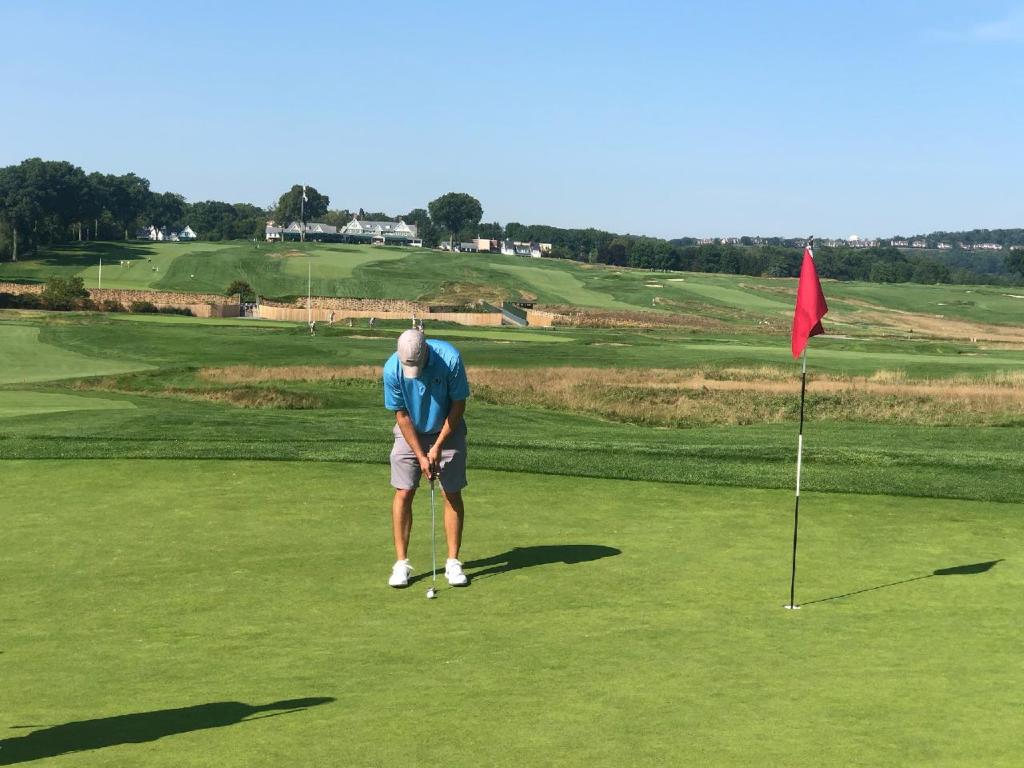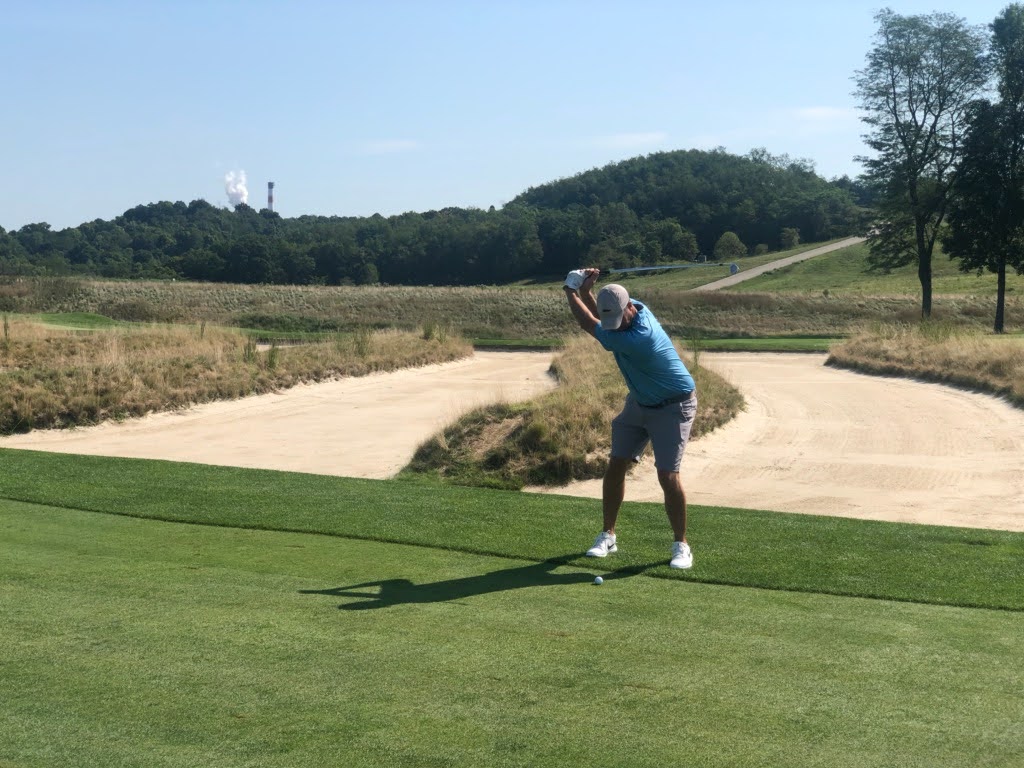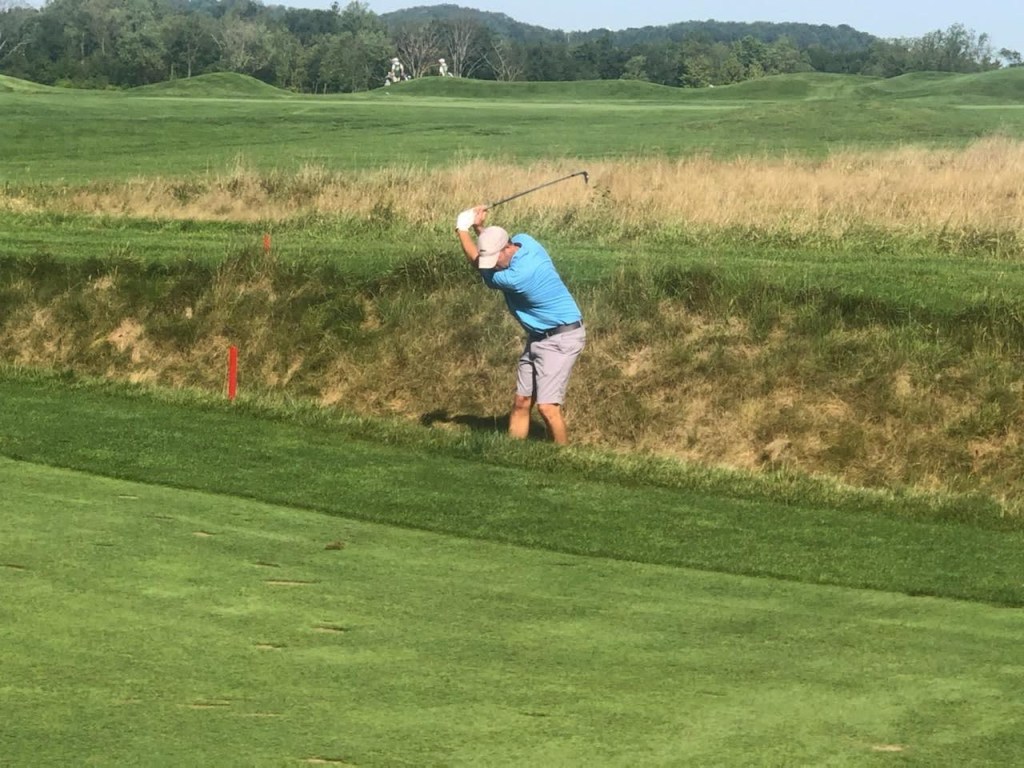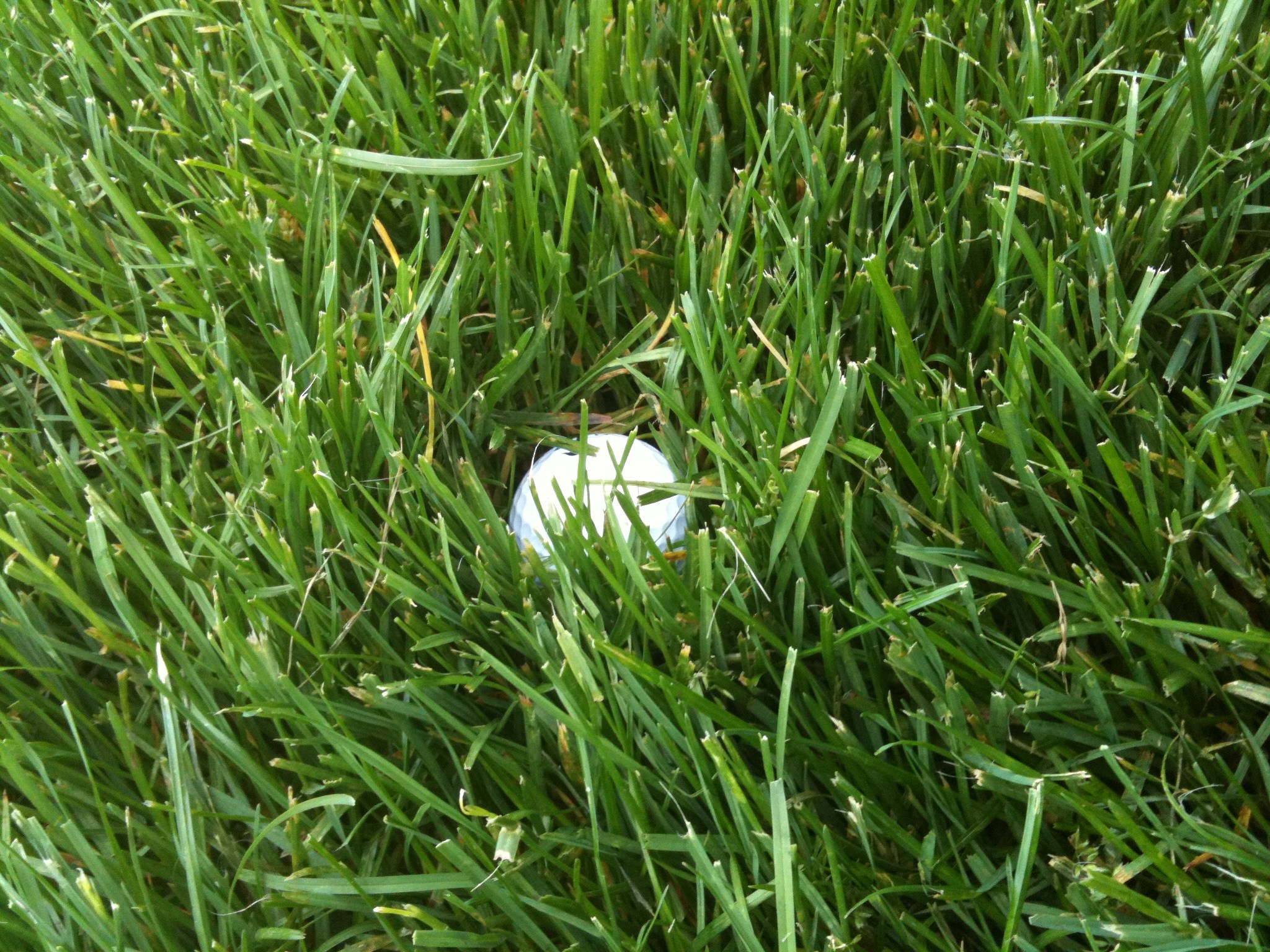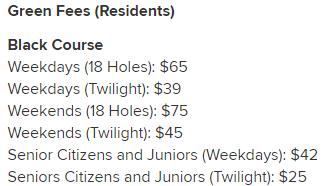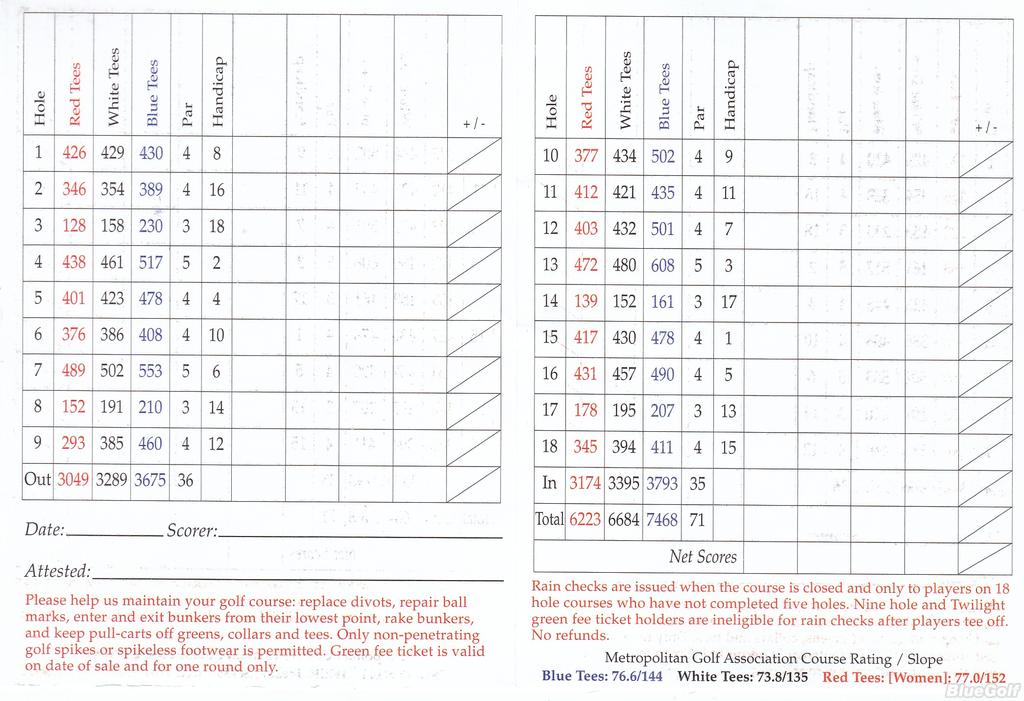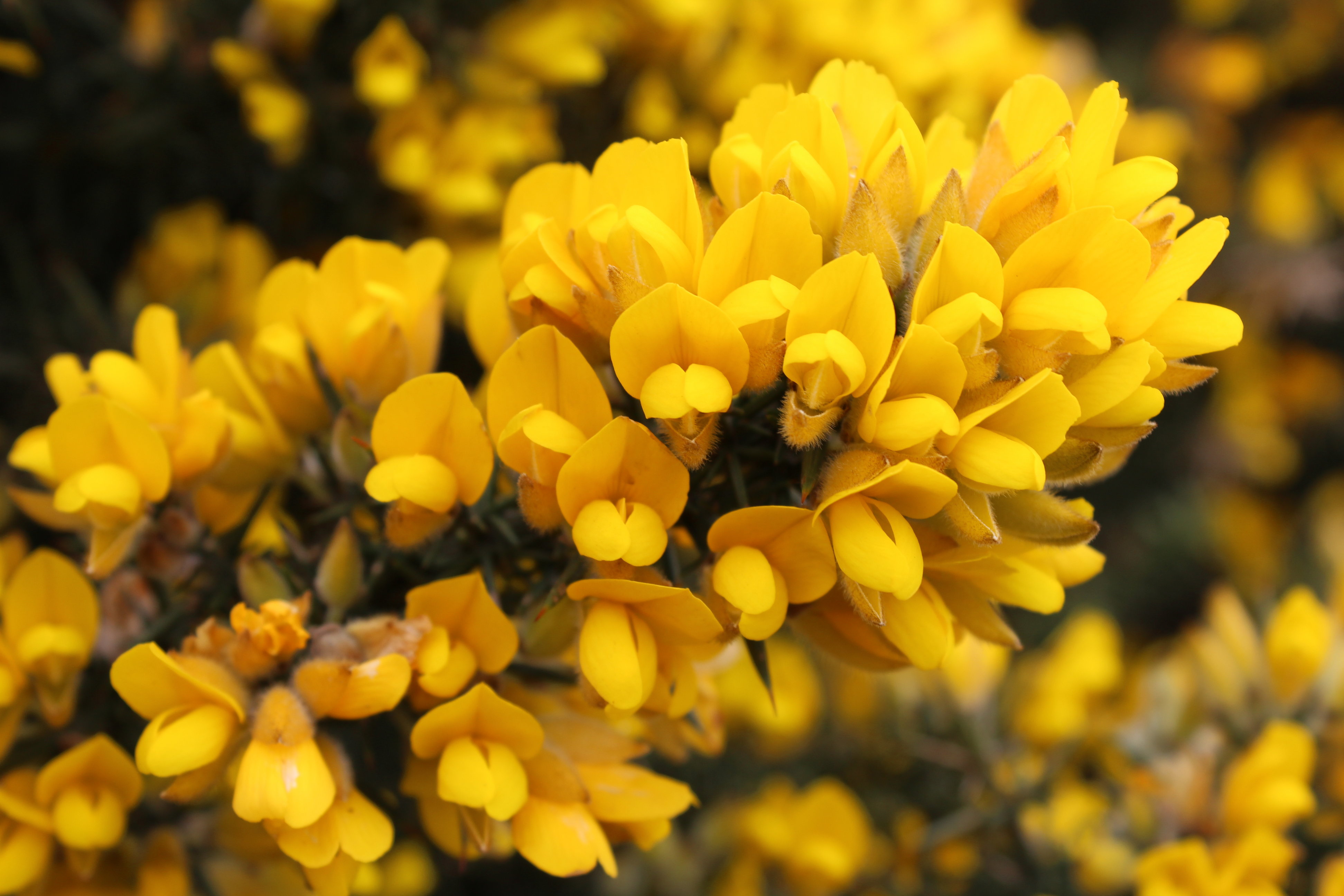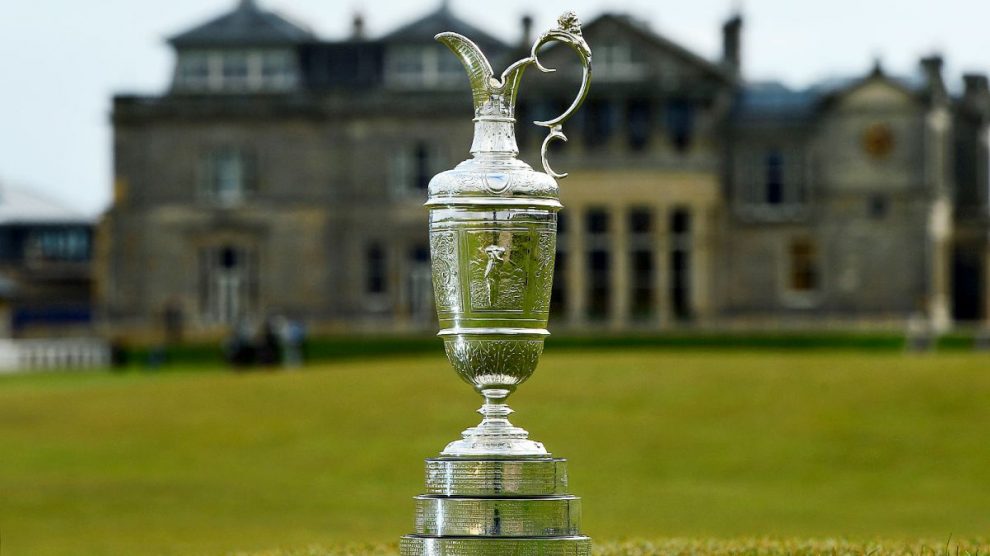Arcadia Bluffs (The Bluffs Course) – Arcadia, MI (Architects: Warren Henderson and Rick Smith – 1999)

Background
In 1999 the Northern Michigan golf landscape changed dramatically when the brash, bold, and eye-popping Arcadia Bluffs Golf Course debuted to the golfing public. Architects Warren Henderson and Rick Smith (yeah, the guy who was Phil’s instructor for more than a decade) collaborated on a links style course with sod wall bunkers that rests on the bluffs of Lake Michigan in the middle of nowhere. For nearly 20 years Arcadia has been the crown jewel of buddy trips to the lower peninsula of the Mitten State and there’s no sign of that changing, unless you gain access to one of the stellar private clubs that are somewhat nearby.

Arcadia will expand to 36 holes in August of 2018 when they open the South Course about 1.5 miles down the street, appropriately just south of the original layout. With the birth of a sibling the original course will now be called the Bluffs Course. The Bluffs course sits about 200 feet above Lake Michigan. Only three and half of the 18 holes on the Bluffs course are on the water, but the topography of the land allows for you to see the big lake from almost every vantage point unless the club house is blocking it out.

There’s a lot to love about Arcadia. The golf course is fun to play and the imagery you’re playing in and around is stunning. I’ve played it 6 or 7 times now and have come away pleased as punch with every experience. However, if you talk to a course architecture nerd, many of them will yuck your yum by shitting all over the intricacies of Arcadia Bluff’s design. I’ve heard many complaints about how fake it is, the insanity of the greens and their difficulty, and the bunkers are too deep/hard for hack amateurs to play from. Those are valid complaints, but I try to suspend myself from reality a bit when I’m at the Bluffs. The design isn’t perfect, and I particularly dislike the hole in the picture above (par five, 5th hole), but so what? Look around. Soak it in. And have fun with every shot you play. That’s what Arcadia is all about.

Henderson and Smith gave golfers plenty of room off of every tee. The fairways are man-sized and so are the greens. Off the short grass you’ll have 10 to 15 yards of 2nd cut before your ball finds the native grass. Even the tall stuff is more than fair at the Bluffs. Of the 20+ companions I’ve traversed Arcadia with I can’t recall anyone losing a ball in the junk.

The shot above is typical of what you see from every tee. That’s my boy Werm sniping one down the par five 11th hole. The tees are mostly elevated which makes for great views and long drives downwind. The course plays firm and fast unless a monsoon has come through recently. In the old days of the Bluffs there was a digital weather instrument behind the pro shop counter. It tracked the current temperature and wind speed, as well as the highest gust in the last 24 hours. It got your attention from the second you arrived on the property because there’s seldom a day when you can play the course without wind having an impact on your score. I’d hazard a guess that the normal wind speed is pretty close to 20 mph. That makes some of those elevated tee shots a bit frustrating. At the same time, the holes that play into the typical prevailing wind aren’t overly challenging in their design.
Layout/Scenery
For the first 3 to 4 years the golf course layout played as originally designed by Smith and Henderson. At some point the routing was tweaked and holes 7 through 16 were shifted around to accommodate a better pace of play and to allow for both 9s to finish near the club house. The change didn’t hurt a thing.

The Bluffs begin with the easiest hole on the course, a 519 yard par 5 that doglegs to the right. It is reachable in two unless you really miss one off the tee and there’s no reason not to go for it. The 2nd hole is a mid to long iron shot of a par 3 with the only tree in play on the golf course about 20 yards left of the green. From there you climb a little hill to the 3rd tee and see all that is in front of you for the rest of the day.

The third hole also introduces you to the biggest sod wall bunker you’ll see in North America. It protects the front of the green and will get you to steer your approach shot a bit just to make sure you avoid it. The 4th hole is of interest because it plays into a punch bowl green as you continue your decent toward the bluffs. From 3 tee down to the edge of the bluffs is a 225 foot drop in and of itself. You sniff the lake at the 5th green but then swing back up into the hills where the holes mostly play through man made trenches from tee to green.

The 8th hole, which is the original 12th, is a bit interesting. The actual back tee is never used anymore. From that old back tee the hole plays close to 450 yards uphill and makes it a mother fucker. The true back tee is shut down because it is on the opposite side of the main driveway. When I’ve played it in the past you have to have either the starter (from the nearby 1st tee) or a member of your group stop traffic. You can see why they don’t use it. From the middle tee it is a mere 400 yards and leaves you with a short iron or wedge to the big, elevated green. Yawn.
The back nine grabs your attention quickly as it starts with a tough hole and blind tee shot. Your aim point is a barber pole sticking out of a man made dune. That’s a little gimmicky. The 10th gets a lot of complaints from my playing partners. The bitch of it is that you’re typically stuffing your face with something delicious from the turn. That quick loss in focus will lead to a quick bogey or worse on the tough par four. 11 may be the signature hole to many golfers – hi MGL Bill – as it is the 650 yard par 5 that plays back down to the lake. The forest to your left frames the view quite nicely with the rolling hills to the right of the fairway. It isn’t my favorite hole. The fairway will allow shots to run out but you’ll be just over 300 some yards still with no reason to consider hitting anything but a 200 yard shot for your layup. I like options. This hole doesn’t give you many.
The 12th is a show stopper. You can go big or small off the tee and still have a scoring club in your hand. Of the 3 prior images shown above, this hole is the first two of them. The hole (which was originally the 16th) plays near 400 yards from the back with a huge fairway that you can’t see much of from the tee. That’s a nice feature by itself, but the big lake and 200 foot drop to your left will get your heart pumping. There’s no missing left. The height alone at the teeing ground has made me grip my driver a little tighter than I should. This is my favorite hole on the course. It is Arcadia.

The 13th hole above is no slouch. It is a 240 yard par 3 that plays over a ravine with Lake Michigan to your left. It often plays into the wind. In the first handful of times I played it I hit a hybrid and might have hit the green once. I might have parred it twice. It is a bitch. When I was there last October, and took most of the pictures you see in this post, we played it at 205 and it was downwind. That’s much more fair but I enjoy the challenge it presents from any 200+ yardage. The green is huge but it is the most firm on the course in my mind because it gets a lot of sun and wind. It has no protection.
The 14th begins to route you back up the hills toward the clubhouse again. Those closing holes are good, and interesting, and 16 is another hard long par 4, but the pizzazz of the round has left you now that the lake holes are behind you. I often wonder if they had a mulligan on the design if they’d find a way to have the clubhouse closer to the lake to allow you to finish your round near it. Overall, any complaining on the layout and the views are nitpicking. I love the place. It is easy to give Arcadia a perfect 5 in this category.
Score: 5.0
Conditioning
In a nutshell, the conditions are good but not great. The super here must be damn good. The place has a packed tee sheet, rain or shine, from the day it opens until Halloween. That’s their entire season. With that much traffic, and 99% of them using a cart, it is amazing the place is a pristine as it is. The contours of the fairway also make for several collection areas which means you’ll see sections that are littered with divots You can’t overcome that with maintenance. It is what it is.
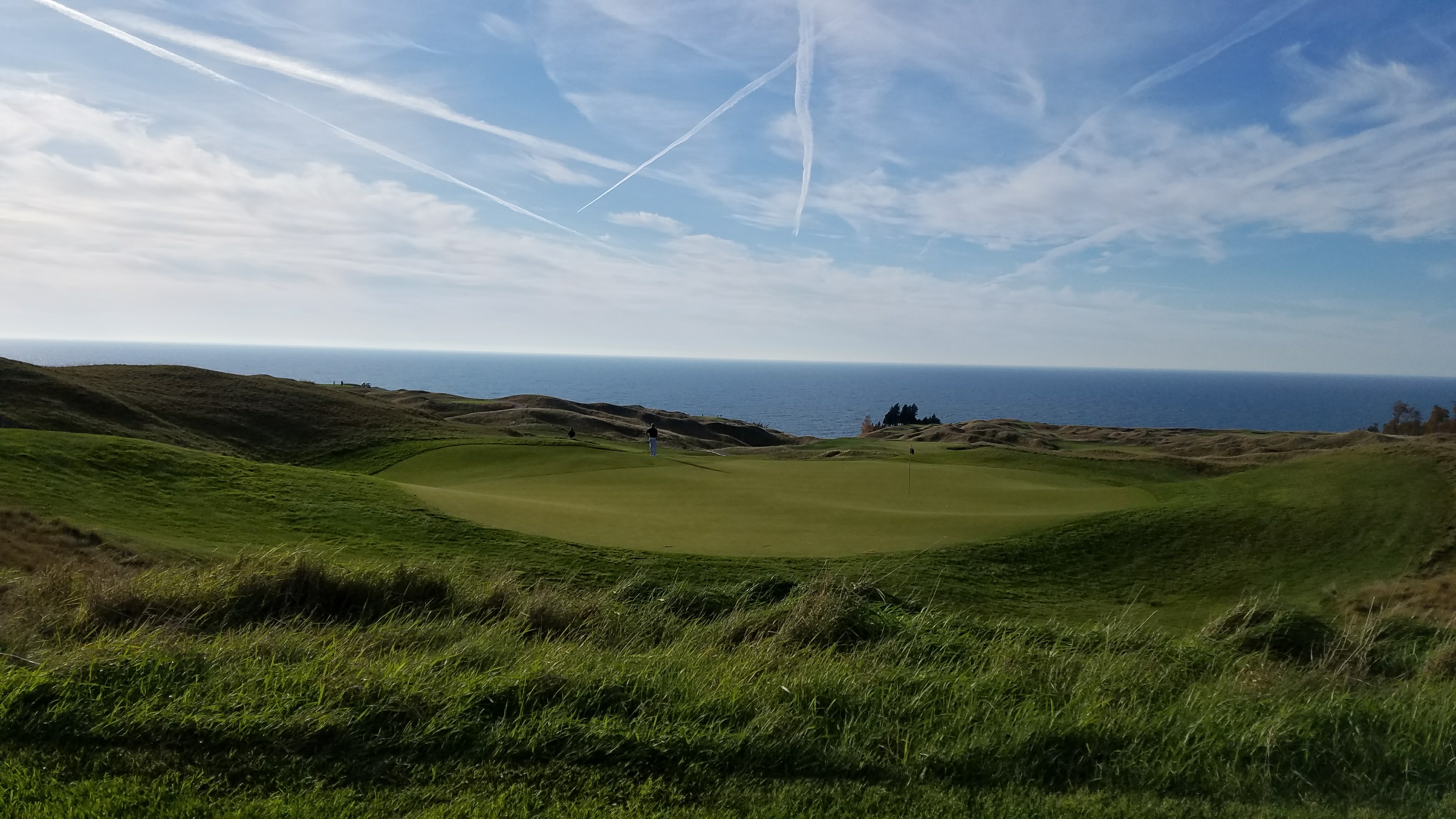
The greens, while huge and undulating, would be impossible to maintain at most resort style course with high traffic but Arcadia doesn’t have any issue doing so. They’re really good and they aren’t too soft, too firm, or too bumpy. They’re just right and I think they are somewhat easy to read because the exaggerations in the slopes make the break obvious. The score here is a tough one to give. I can’t give it a 5 because it just isn’t perfect.
Score: 4.5
Value
For most of the 19 years Arcadia has been in existence the rack rate greens fee has been $180. In 2018 that has moved to $195. That’s a pretty good rate for a top 100 golf course (#68 in the U.S. in 2018 by Golf Digest). Whistling Straits across the lake isn’t as good of a course, in my opinion, and they charge double. That being said, most things in Northern Michigan present some value as the cost of living in the area is much lower than the nearest big cities of Chicago, Detroit, and Milwaukee.
In the last decade the club has added a lodge and several cottages so that they can now accommodate a buddy trip of any size. The rooms are plush and they won’t kill your wallet. The restaurant is top notch and if you don’t go deep on the wine list you’ll find yourself satisfied with your meal and your bill.
If you don’t live too far away and you can pick your spots, you’ll also find that some of Arcadia’s shoulder season rates are more than fair. The greens are typically aerated around October 1. The rate after that is half the price. We played on near perfect greens that were fully healed from aeration in late October and got lucky with a 74 degree day. It likely snowed on the property 3 days later. FYI, you’ll never see a discount rate from Arcadia on Golfnow or similar sites as they just don’t do that, nor do they need to.
Score: 4.5
Service/Pace
They do it right at the Bluffs. The bag guys, the shop staff, bartender, cart girl, rangers, starter, etc. They’re all top notch. My group on my last trip included two low single digit players and a 16. We played the tips and the 16 didn’t check his ego so he did the same. Homie teed it up high on the first and went right under it as the tee backed up due to groups having to wait for the green to clear on the short par 5. A starter at most places would have lost their shit right there. I looked over after the whiffed shot from our hack. The starter’s eyes got big, his eyebrows jumped off his face, but he said nothing. I assured him we’d keep the chopper moving along. Kudos to him for not being a dick to a guy that was a little nervous playing with the big boys.

For as good as the service is, the pace is pretty bad. Plan on 5 hours when you’re here. How can it be any other way when the tee sheet is always full, the wind always blows, and everyone wants to stop and take pictures along the way? The good news is you don’t notice it much because the views and service are so damn good. I swear the cart girl came out of the tall grass near the fairway every time we had to wait. And yes, she was smoking hot.
Score: 4.5
Amenities
As I noted above, Arcadia now has plenty of options for lodging. The accommodations in the lodge rival what you’d find at any 4 star hotel. The work out facilities are new and shiny if you’re a health nut. And the cottages have full kitchens, with grills, and great spaces for watching the ball game and playing cards for your evening activities.

That is a shot from their new-ish bar behind the proshop. It is a choice place to settle your bets and load up on booze. It has a nice selection of local Michigan beers to sample. The bad news is that it isn’t right out on the back porch where you’ll find a plethora of Adirondack chairs aimed at the sunset and the 18th green. There’s no better spot in Michigan to end a golfing day, smoke a cigar, and give your buddies shit as they putt out on the final green.
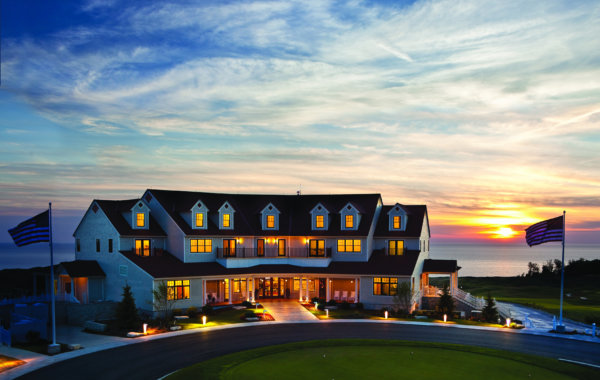
The range is good to great. The short game practice area is one of the best you’ll see and it even has a sod wall bunker to give you a taste of the big course. They have caddies available but you’ll have to call ahead for those because they are seldom used. Up until 2018 the only thing Arcadia didn’t have was much nightlife and a 2nd course. With the South course on its way you can check one of those off the list. My only knock in this category is that there’s no nearby strip club, casino, or other evening activity to scratch my itch for debauchery.
Score: 4.5
Difficulty
Arcadia Bluffs isn’t fun for the 20+ handicapper, but if they want to spend the money and frustrate themselves and everyone else in their group, fine. On the other hand, the course is about as much fun as you can have if you can hit a drive moderately straight, over 175 yards in the air, and are better than a bogey golfer. There’s a tee for everyone. Don’t go to the tips if you’re aren’t a 5 or better that can get it out there 275+. That’s not the place for 95% of golfers. If you pick the right tees and bring your A game you can score here. Embrace the wind, realize not every result is going to be perfect, and have fun.

Per usual, this rating isn’t based on a 5 being “way too hard”. I’m rating a course a 5 when I’d say it’s playable and enjoyable, but not easy, for players of all levels. The Bluffs course at Arcadia Bluffs is too hard for true chopper and it presents a great challenge for the single digit index if they don’t play it too short. Some of the holes are a little tricked up, but there’s nothing too over the top or unfair. I’ve noted how big the greens and fairways are. Like most courses in the top 100, Arcadia was built for championship golf as well as every day play. It has a high slope and course rating for a reason yet it is fun, creative, and unlike the type of golf you’re playing on a weekly basis back home. Next time you’re planning a trip, think Pure Michigan and think Arcadia.
Score: 4.0
Composite
The composite score from all categories above for the Bluffs course comes out to one of the best I’ve given and is in the company of Kapalua’s Plantation Course and Torrey Pines (South). That’s pretty fair as both of those venues are also destination courses with great service, views, and amenities to complete your experience with them. Don’t pass up the Arcadia experience, instead, find a way to get there.
Score: 4.5
